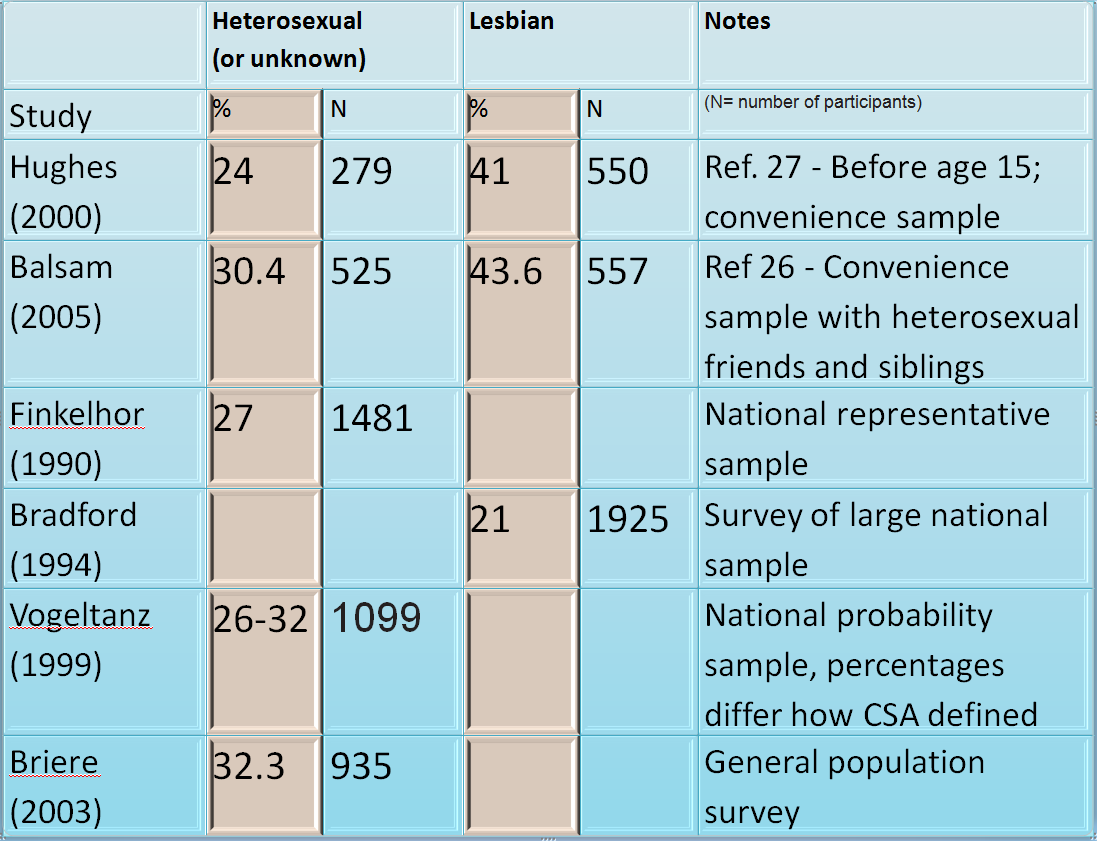Today’s Salt Lake City Tribune published an article which brings the private feud between University of Utah professor Lisa Diamond and the National Association for the Research and Therapy of Homosexuality (NARTH) into public view. Diamond went on camera for Wayne Besen in October to complain about NARTH’s use of her research but this article brings the dispute out of the advocacy realm and into the Salt Lake City community. An added significance of the SLC Tribune raising this issue is the presence of NARTH’s Dean Byrd and Dave Pruden in Salt Lake City.
The article begins:
A national group that advocates “treatment” of homosexuality is being criticized for allegedly distorting a Utah researcher’s work to advance the theory that people choose their sexual orientation – a controversial notion rejected by mainstream psychology.
To be sure, at least one NARTH document I have reviewed does use Diamond’s research to mislead readers, but I do not think NARTH as an organization promotes the idea that sexual orientation is a conscious choice. Rather, the reparative notion is that same-sex attraction derives from faulty parenting and not conscious choice.
I suspect the position paper on female homosexuality I critiqued is at issue when reporter Brian Maffly writes:
Lisa Diamond, a University of Utah psychologist whose sexual identity studies suggest a degree of “fluidity” in the sexual preferences of women, said in an interview Tuesday that the National Association for Research & Therapy of Homosexuality, or NARTH, misrepresents her findings. Position papers, some penned by NARTH president A. Dean Byrd, an adjunct professor in the U.’s Department of Family and Preventive Medicine, point to Diamond’s research as evidence that gays’ sexual orientation can be straightened out through treatment – much to Diamond’s dismay.
The NARTH position paper on female homosexuality says this about Diamond’s work in a section on the “Fluidity of Homosexuality Attraction.”
These findings support the research of Dr. Lisa Diamond who concluded, “Sexual identity was far from fixed in women who aren’t exclusively heterosexual.” After following 80 non-heterosexual young women (lesbian, bisexual and unlabeled) over a two-year period, Dr. Diamond found that half of the women “reported multiple changes in sexual identity, and nearly one fourth of lesbians pursued sexual contact with men.”
The NARTH author confuses matters by first saying,
As mentioned, many researchers attest to the reality of female sexual fluidity. This does not directly translate into proof that any woman can easily change or alter her same sex attraction.
However, following the Diamond reference is a statement that twists the concept of spontaneous sexual fluidity for some women in a way that has Diamond upset.
The degree to which a woman can or will experience change will be uniquely determined based on her history and motivation to do so.
This is a non-sequitur. While fluidity has been described over time by research participants, the cause for the fluidity is an open question. The research identified by the NARTH “fact sheet” does not allow this conclusion. We have no idea for any given woman why change occurs. Diamond correctly criticizes NARTH for misusing her work in this way. Maffly continues,
Diamond, who has never met [NARTH president Dean] Byrd, said in an interview that NARTH “cherry picks” findings or references from her work that appear to support their position.
NARTH’s responds as has become typical. They claim they are just interpreting the data differently.
[NARTH founder and past-president, Joe] Nicolosi did not respond to an interview request and Byrd claimed he did not know why Diamond, a fellow U. faculty member, took umbrage with NARTH’s citation of her work.
“NARTH’s view is that people can adapt any way they want and there is freedom of choice,” Byrd says. “If it says ‘fluidity’ it says ‘fluidity.’ How you interpret it is something else.”
The reporter Maffly can be forgiven for his opening lines about NARTH promoting choice given Byrd’s way of discussing the matter. I suspect Byrd means choice of behaviors. Whatever he means by freedom to choose, he is wrong to say there is no guidance from Diamond’s research about how to interpret ‘fluidity.’ A review of her most recent book, Sexual Fluidity, makes clear that some of the women retained their same-sex attraction while discovering opposite-sex attraction. Some women actively fought the change of attraction but resigned themselves to heterosexuality. Her work does not support the statement about change being associated with history or motivation.
UPDATE – 8/31/09: The Salt Lake City Tribune article has been archived and is not available at that link now. Here is a newswire article on the same topic. A UPI story is for some reason archived on this Moldova gateway.
Also, here is an example where NARTH members misused Michael Bailey’s research.
